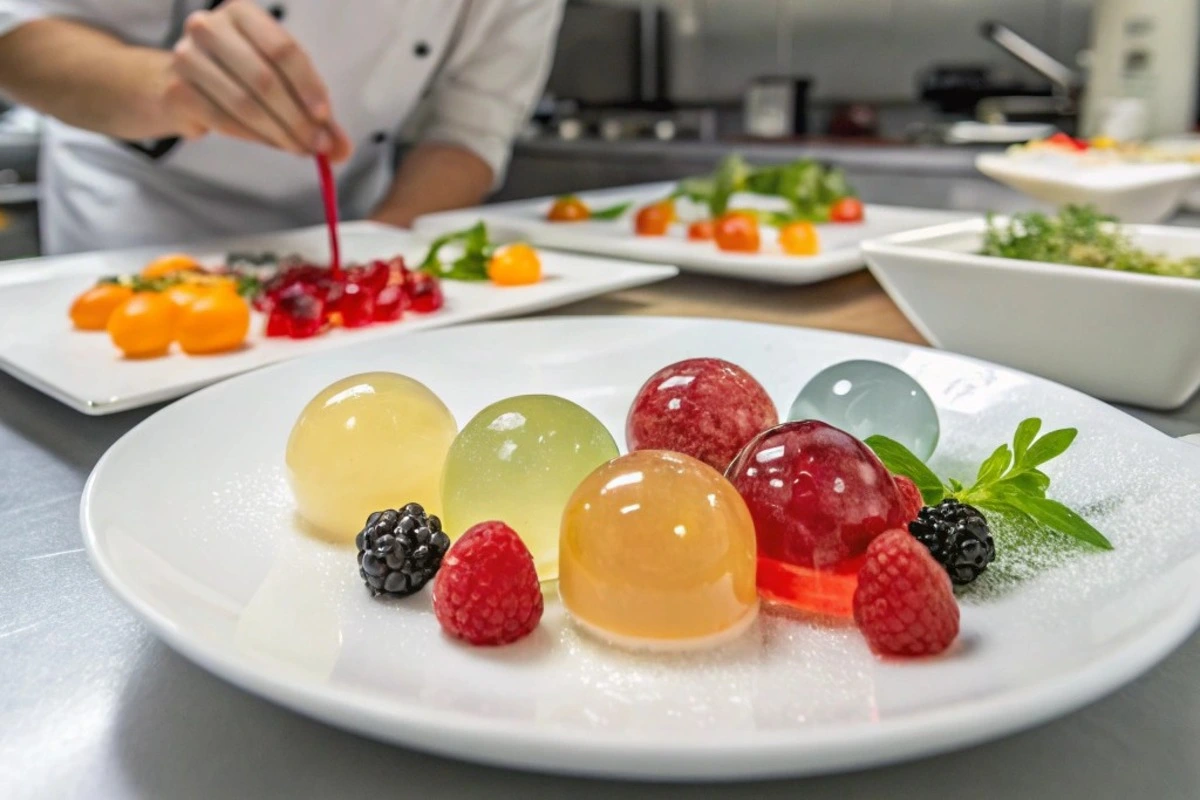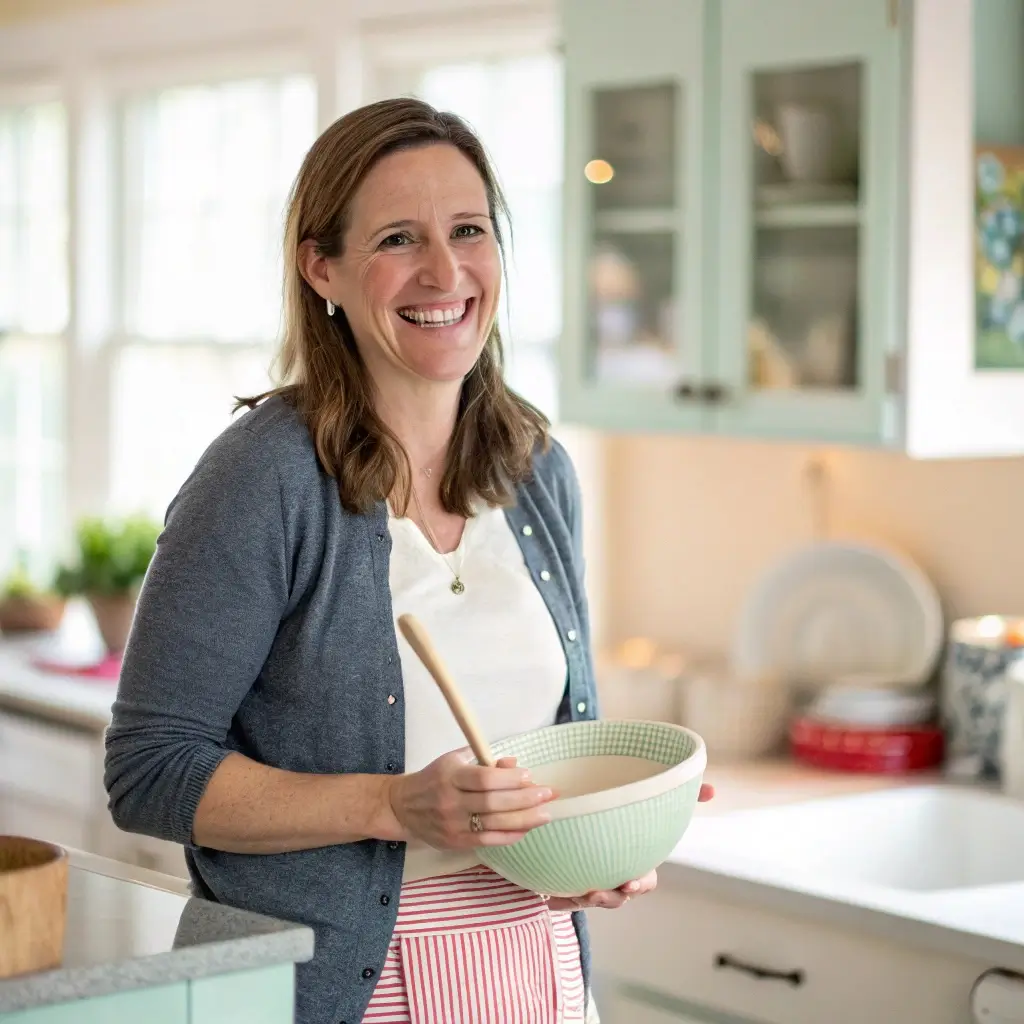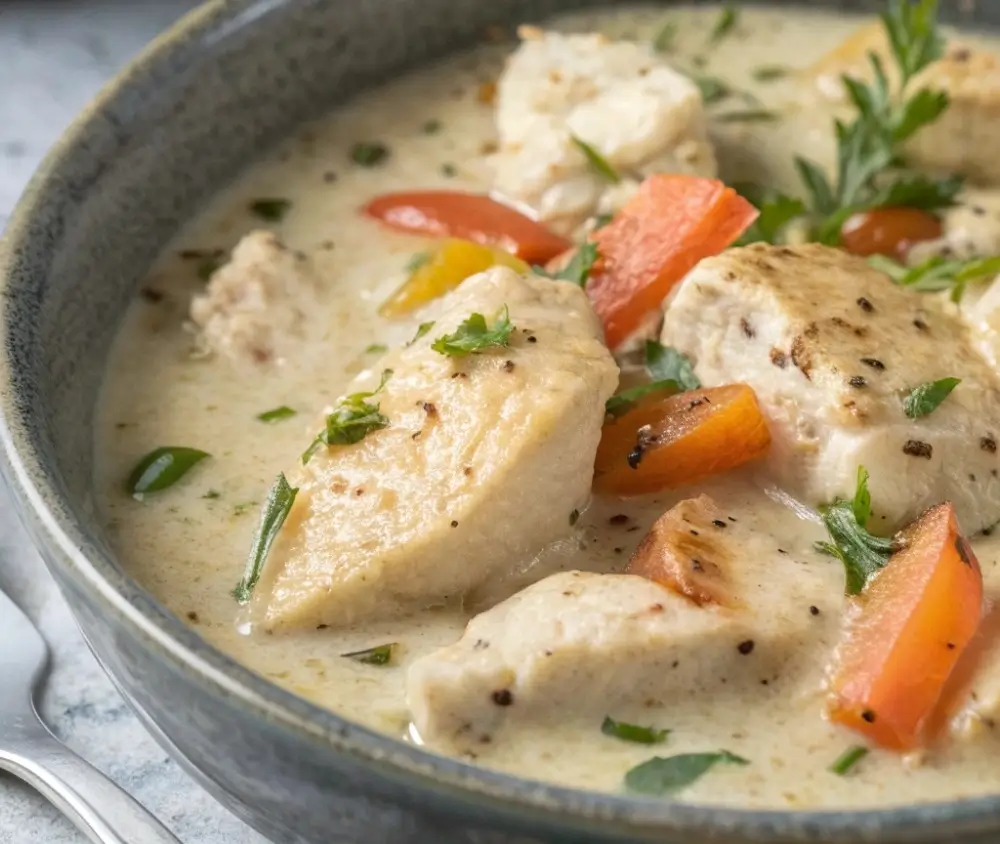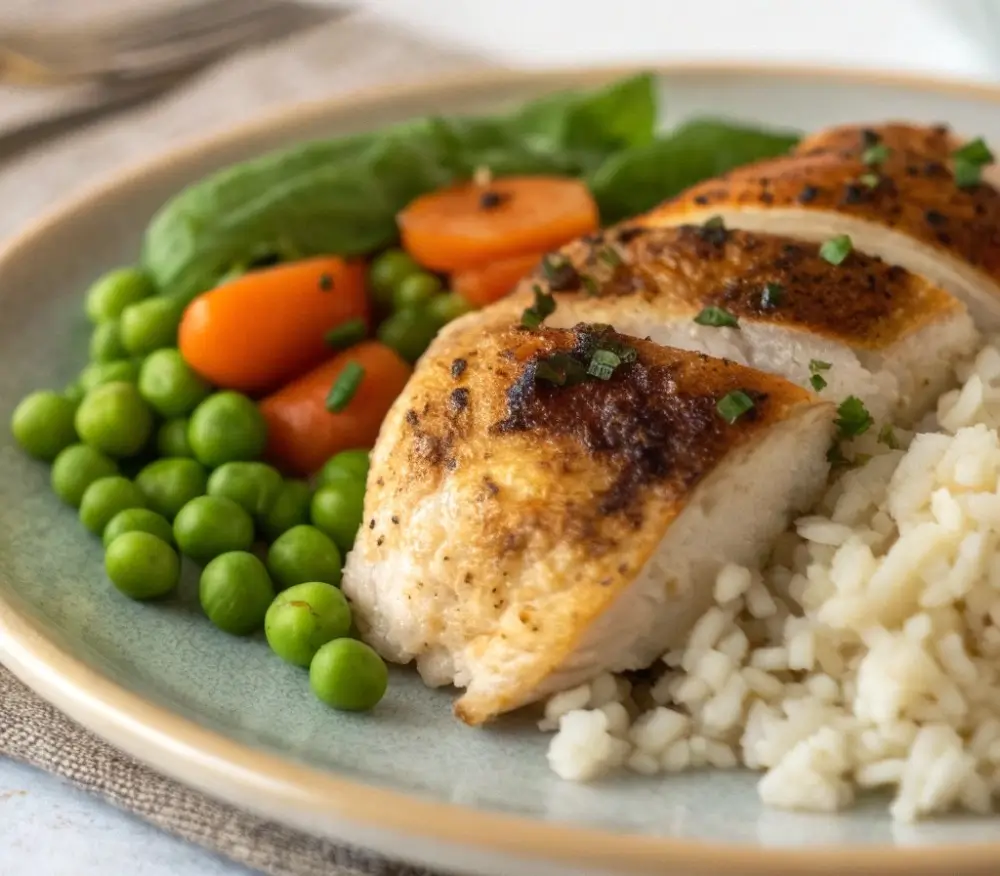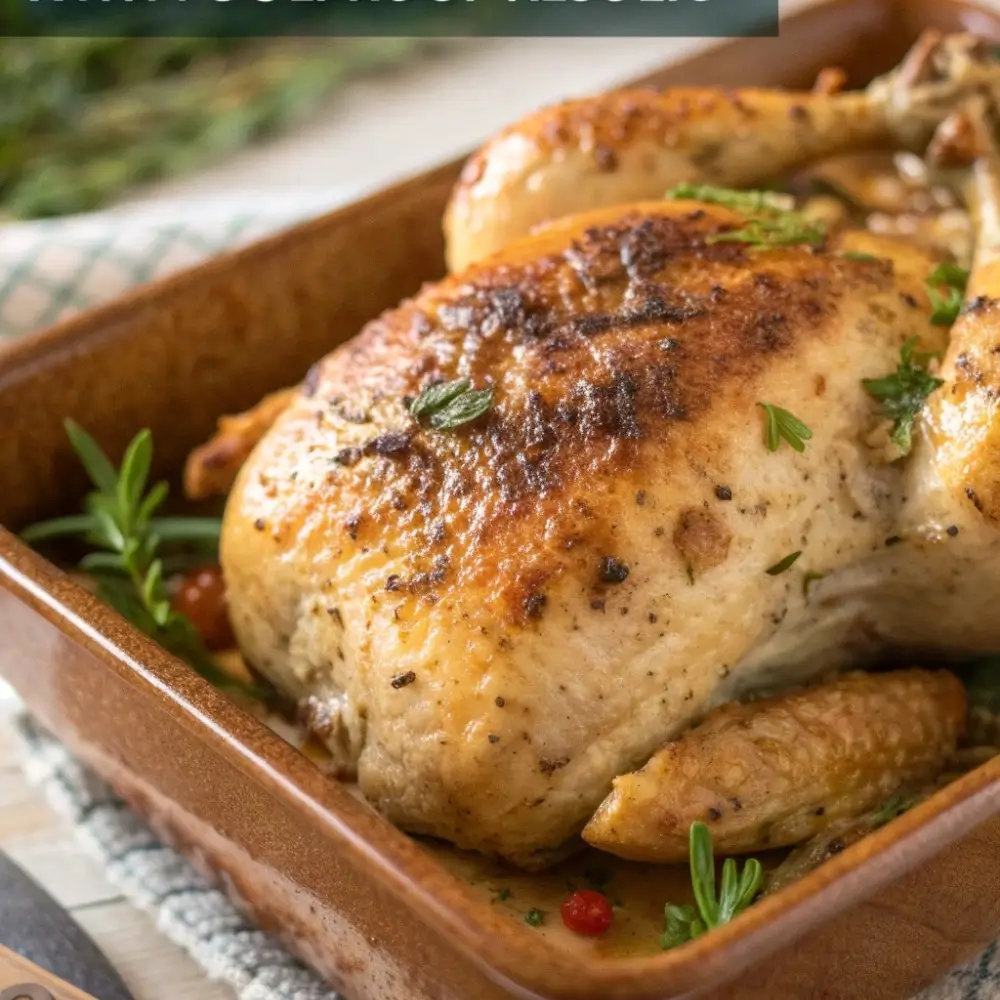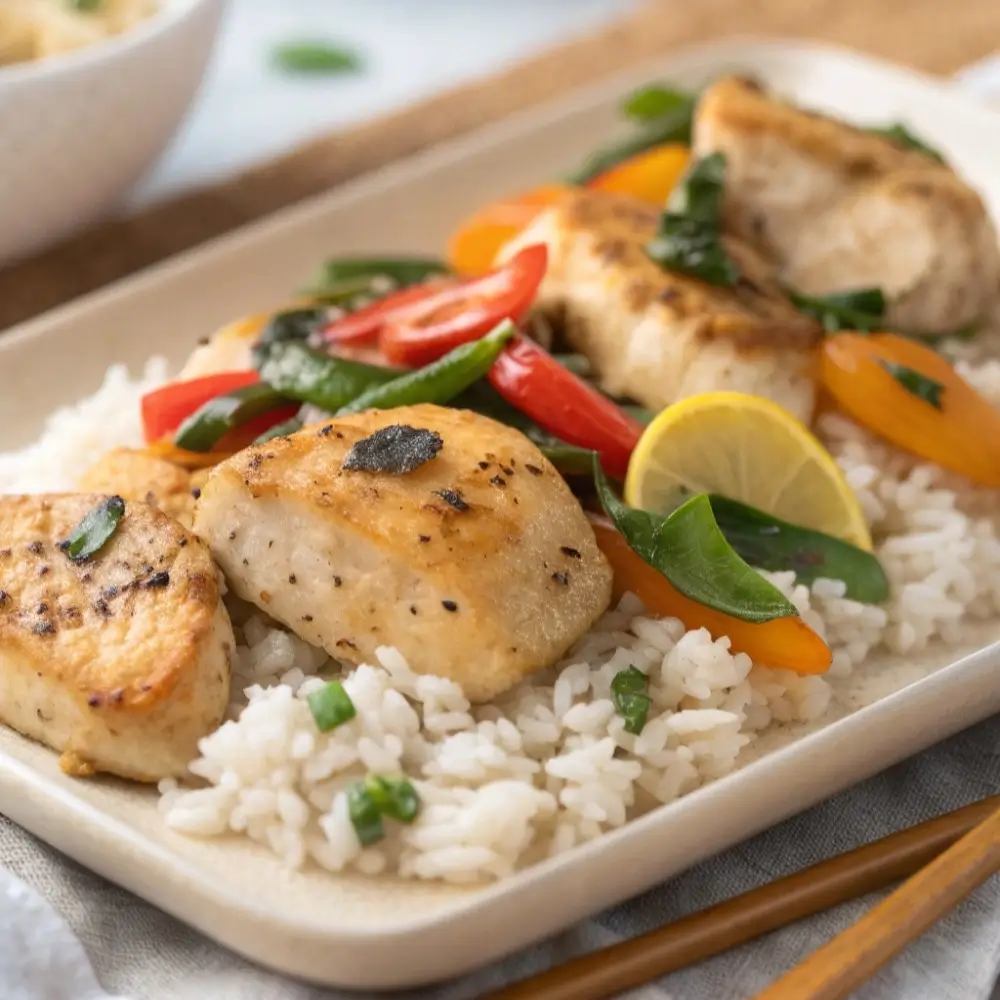Table of Contents
Gel formation in cooking is a fascinating and versatile technique that opens up a world of possibilities for creating unique textures and flavors. Whether you’re making a luscious panna cotta, a tangy fruit jelly, or an elegant gelatin mold, understanding how to create gels in your Recipe That Forms Gels can elevate your culinary skills to new heights. But how exactly do gels form? What’s the secret behind those perfect, wobbly textures that are both satisfying and delightful?
In this article, we’ll explore the science behind gel formation in recipes that form gels and uncover the ingredients you need to make these delicate, gel-like treats. From gelatin to agar-agar to pectin, each gelling agent has its own unique properties and uses. We’ll also dive into some of the best recipes that form gels at home, giving you the tools to experiment and master this technique in your kitchen.
So, let’s start by understanding the basics of gel formation and why it’s such an important part of both savory and sweet dishes. Ready? Let’s dive in!
What is Gel Formation in Cooking?
At its core, gel formation is a process where liquids are transformed into a solid or semi-solid state with a smooth, jelly-like texture. This transformation occurs when certain ingredients, like gelatin or pectin, interact with liquids to create a stable network of molecules that hold the liquid in place. These gels can vary in firmness, from a soft and wobbly texture to a firm, sliceable consistency, depending on the ingredients and the recipe that forms gels you’re following.
The secret to creating a perfect gel lies in the balance of the right ingredients and the correct technique. The gel-forming process typically requires a gelling agent, a liquid, and the right environmental conditions, like temperature and time.
The Science Behind Gel Formation
The magic happens when a gelling agent is added to a liquid. When gelatin is dissolved in warm water, its protein molecules unwind and then re-bond as they cool, forming a gel structure. With pectin (commonly used for making jams and jellies), the addition of sugar and acid helps the pectin molecules bond and create a gel. Agar-agar, another popular vegan alternative, forms a gel when dissolved in boiling water and cools down, without the need for sugar or acid.
Each gelling agent works a little differently, so understanding how they behave in different conditions is key to mastering recipes that form gels.
Why Are Gel Recipes Popular in Cooking?
Recipes that form gels are incredibly popular for several reasons. First, they offer a unique texture that enhances the overall eating experience, adding a fun element of surprise in everything from desserts to savory dishes. Whether you’re making gelatin molds, fruit jellies, or even savory aspic (a gelatin-based dish with meat or vegetables), the use of gels brings an appealing contrast to other textures in a dish.
Secondly, gels provide a level of stability that’s particularly useful in some recipes that form gels. For example, in fruit preserves like jams or jellies, gels help maintain the product’s structure while keeping the fruit’s natural flavors intact. In some savory dishes, gels can create a visually stunning, clear presentation that’s both beautiful and functional.
Another great thing about gel recipes is that they allow for a lot of creativity. You can add various flavors, fruits, herbs, or even create layered gel creations, which can turn a simple recipe that forms gels into something that looks (and tastes) amazing!
Common Ingredients Used in Gel Formation
To make gels, you need the right ingredients. Here are the most common ones used in recipes that form gels:
- Gelatin: Derived from animal collagen, gelatin is perhaps the most well-known gelling agent. It’s perfect for making everything from gummy candies to creamy panna cotta.
- Agar-Agar: A vegan-friendly alternative to gelatin, agar-agar is made from seaweed and is often used in Asian desserts and vegan recipes.
- Pectin: Commonly found in fruit, pectin is used to create jellies, jams, and marmalades. It’s often added with sugar and acid to help form a gel.
- Carrageenan: A plant-based gelling agent, derived from seaweed, commonly used in dairy and non-dairy products to form gels.
Each of these ingredients has its own properties that make it suited for particular recipes that form gels, so understanding how to use each one will help you achieve the perfect gel every time.
Types of Ingredients That Help Form Gels
When it comes to making gels in your cooking, choosing the right ingredient is crucial. Whether you’re looking to create a wobbly, dessert-like texture or a firm, structured consistency, different gelling agents work best in specific recipes that form gels. Let’s dive into the most popular gel-forming ingredients used in the kitchen.
Gelatin – The Classic Gelling Agent
Gelatin is the go-to ingredient for creating smooth, silky gels. Derived from animal collagen, it’s one of the most versatile gelling agents used in both sweet and savory recipe that form gels. It’s especially popular in desserts like panna cotta, gummy candies, and marshmallows.
To use gelatin, you first need to dissolve it in cold water before blooming it (hydrating it). Once hydrated, you can dissolve it in hot liquids to form the gel. It’s important to be careful with the temperature—too high, and the gelatin might lose its gelling ability.
Common dishes made with gelatin include:
- Panna cotta
- Jelly molds
- Fruit-based gel desserts
- Gummy bears
Agar-Agar – The Vegan Alternative
For those who prefer a plant-based alternative to gelatin, agar-agar is the perfect solution. Derived from seaweed, agar-agar forms a gel at room temperature, unlike gelatin, which requires cooling in a fridge. It’s used widely in Asian cuisine, particularly for making vegan desserts, jellies, and even some savory dishes.
Unlike gelatin, agar-agar requires boiling to dissolve and activate the gelling properties. Once dissolved, it creates a firmer gel than gelatin, making it ideal for recipes that form gels needing a more solid structure.
Common dishes made with agar-agar include:
- Vegan jellies
- Fruit gels
- Agar-based puddings
- Gummy candies (vegan)
Pectin – The Jellied Fruit Magic
When it comes to fruit jams and jellies, pectin is the ingredient that takes center stage in recipes that form gels. Pectin is a naturally occurring substance found in fruit, particularly in apples and citrus fruits. It helps create a gel-like texture when combined with sugar and acid, which is why it’s essential for making perfect fruit preserves.
Unlike gelatin and agar-agar, pectin requires a certain balance of sugar and acid (usually lemon juice or citric acid) to properly activate its gelling properties.
Common dishes made with pectin include:
- Fruit jams
- Jellies
- Fruit preserves
- Marmalades
How to Use Pectin in Recipe That Form Gels
To make a fruit jelly or jam, you’ll need to combine pectin with sugar and cook it with fruit until it reaches the desired consistency. Always follow the instructions on the pectin package because the right ratio of fruit, sugar, and pectin is key to achieving the perfect gel.
Popular Recipes That Form Gels
Now that we’ve covered the most common ingredients for making gels, let’s explore some popular recipes that form gels. From delicious jellies to elegant desserts, these recipes that form gels will help you master the art of gel creation in your own kitchen.
Fruit Jellies and Jams
One of the most popular ways to use gel-forming ingredients is in making jellies and jams. These sweet spreads are versatile and can be used in a variety of ways: on toast, in cakes, or even as a topping for yogurt. Whether you’re making strawberry jam or citrus jelly, understanding how to balance your gelling agent with fruit, sugar, and acid is key to a successful recipe that forms gels.
Citrus Jelly Recipe
This citrus jelly is a delightful treat, bursting with the bright flavors of oranges and lemons. The recipe that forms gels requires pectin, sugar, and lemon juice to form the perfect, sweet yet tangy gel.
Ingredients:
- 4 cups fresh orange juice
- 1 cup lemon juice
- 1 box of pectin
- 4 cups sugar
Instructions:
- Combine orange and lemon juice in a large saucepan and bring to a boil.
- Add the pectin and stir until dissolved.
- Gradually add sugar, stirring constantly until the mixture reaches a gel-like consistency.
- Pour the jelly into sterilized jars and refrigerate until set.
Strawberry Jam Recipe
Strawberry jam is a classic, and with the help of pectin, it’s super easy to make. This jam pairs beautifully with fresh bread or even as a topping for desserts. A perfect recipe that forms gels for beginners!
Ingredients:
- 2 pounds fresh strawberries
- 1 ½ cups sugar
- 1 box of pectin
Instructions:
- Mash the strawberries and add them to a large pot.
- Stir in sugar and pectin, and bring the mixture to a boil.
- Continue boiling until it reaches a thick, jam-like consistency.
- Ladle the hot jam into sterilized jars and let it set.
Other Gel-Based Desserts
Beyond jams and jellies, gelatin and agar-agar are perfect for creating a variety of recipes that form gels.
Homemade Panna Cotta
Panna cotta is a rich, creamy Italian dessert that gets its velvety texture from gelatin. It’s the perfect balance of sweet and creamy, and it’s super easy to make—an ideal recipe that forms gels!
Ingredients:
- 2 cups heavy cream
- 1 cup whole milk
- 1 teaspoon vanilla extract
- 2 teaspoons gelatin
- ½ cup sugar
Instructions:
- Dissolve gelatin in cold water.
- Heat milk and cream in a saucepan until warm, then stir in the sugar.
- Add the gelatin and vanilla, stirring until completely dissolved.
- Pour into molds and refrigerate for several hours until set.
Fruit Gelatin Mold
Making a fruit gelatin mold is a fun way to enjoy a refreshing dessert. Using gelatin and fresh fruit, this dish can be customized with your favorite fruit combinations—another great recipe that forms gels.
Ingredients:
- 2 cups fruit juice
- 1 package of fruit-flavored gelatin
- 1 cup fresh fruit (such as berries or citrus slices)
Instructions:
- Dissolve the gelatin in warm fruit juice.
- Pour into a mold and add fresh fruit slices.
- Chill until set, then serve as a fun and refreshing dessert.
Explore More About Dessert Recipe That Form Gels
Recipes that form gels open up a world of culinary creativity. Whether you’re preparing savory or sweet dishes, experimenting with different gelling agents like agar-agar or pectin will allow you to create unique textures and flavors.
Tips and Tricks for Perfect Gel Formation
Making perfect gels requires a bit of practice and knowledge. Whether you’re using gelatin, pectin, or agar-agar, here are some essential tips to help you perfect your recipe that forms gels technique.
Understanding Gel Consistency
Different recipes that form gels require different gel consistencies. Some might need a soft, wobbly texture (think panna cotta), while others need to be firm enough to slice (like fruit jelly). Adjusting the gelling agent and liquid ratio is the key to achieving the perfect consistency for each dish.
If you’re working with gelatin, remember that using more gelatin will result in a firmer gel, while using less will give a softer texture. Similarly, when using agar-agar, you can control firmness by varying the amount of agar and liquid.
Gel Forming in Vegan and Non-Vegan Recipes
For vegan recipes that form gels, agar-agar is often the preferred choice since it’s plant-based. On the other hand, if you’re working with traditional recipes that form gels calling for gelatin, the texture will be a bit softer, and the process involves different steps (such as blooming the gelatin). Experiment with both to see which works best for your desired dish.
Advanced Gel Techniques
Molecular Gastronomy and Gel Formation
Molecular gastronomy has transformed cooking, pushing the boundaries of texture and flavor. One exciting technique is creating gels, which add a modern twist to dishes. A key ingredient in this process is sodium alginate, derived from seaweed. When combined with calcium ions, it forms gels with unique textures. These gels can range from soft and velvety to firm and chewy, depending on the concentration and method used.
Alginate allows chefs to create innovative dishes like liquid spheres and encapsulated flavors. These gels are particularly popular in avant-garde cooking, where chefs turn liquids into gel-like forms while preserving their original taste. Techniques like spherification and reverse spherification are often used to create stunning, flavorful gels that surprise and delight the palate.
Examples of dishes that use molecular gastronomy for gel formation (spherification)
One famous example is the creation of “caviar” made from fruit juices, where small droplets are suspended in a gel coating, mimicking the appearance and texture of traditional caviar. Another dish involves the spherification of liquids like olive oil or balsamic vinegar, which bursts in the mouth, releasing concentrated flavors. These gel-based creations are commonly served in fine dining settings to enhance presentation and taste.
Making Gel Sheets for High-End Culinary Applications
Gel sheets are another sophisticated technique in molecular gastronomy, often used for plating or as decorative elements in high-end dishes. To create them, a gel solution (often made with agar-agar or gelatin) is poured into a thin layer on a flat surface and left to set. Once firm, the gel can be cut into delicate, transparent sheets. These gel sheets can be used to encase other ingredients, such as fruits or sauces, or as a visually striking garnish on plated dishes, providing both texture and an elegant touch to the presentation.
This recipe that forms gels is perfect for creating unique textures and flavors in your dishes. If you’re interested in more gel-based recipes, check out this collection of gel-making recipes.
FAQ About Recipes That Form Gels
What is the best ingredient for making fruit jelly at home?
Pectin is the most common and reliable ingredient for making fruit jelly at home. It is a natural gelling agent found in fruits like apples and citrus, and it works well with the sugar and acid in fruit to form a smooth, set jelly. While pectin is widely available, there are different types (e.g., powdered, liquid), so it’s important to follow the recipe’s instructions to ensure the correct proportions for the best texture.
Can I make gel-like desserts without gelatin?
Yes, agar-agar or pectin can be used as alternatives to gelatin for making gel-like desserts. Agar-agar, derived from seaweed, is a vegan-friendly option that sets more firmly than gelatin and works well in both sweet and savory applications. Pectin, another plant-based alternative, is commonly used in jams and jellies but can also be used for making gel-like desserts. Both alternatives offer distinct textures and can be substituted depending on the desired consistency.
Why is my gel not setting properly?
If your gel is not setting properly, there could be a few reasons. One common issue is not using enough gelling agent, so be sure to follow the recipe’s measurements precisely. If you’re using agar-agar, it must be boiled to activate its gelling properties. For gelatin, the mixture needs to be cooled to room temperature before it begins to set. Additionally, the acidity of the ingredients and the presence of enzymes in some fruits (like pineapple or kiwi) can prevent gelling. If this happens, try using a different type of gelling agent or modifying the recipe.
Conclusion on Gel Recipes and Techniques
Gel recipes are incredibly versatile, offering countless possibilities for texture, flavor, and presentation in both home cooking and professional kitchens. Whether you’re making simple fruit jelly or experimenting with advanced molecular gastronomy techniques like spherification, gels can elevate your dishes in unexpected ways. The techniques involved—whether using pectin, agar-agar, or gelatin—are accessible, and with a little practice, anyone can master them to add a unique touch to their culinary repertoire.
Final thoughts on experimenting with different gel techniques at home
While gel recipes might seem complex, they are a fun and creative way to explore new textures and tastes in the kitchen. Don’t be afraid to experiment with different gelling agents, flavors, and techniques. With a bit of patience and an open mind, you’ll be able to create dishes that are as visually stunning as they are delicious. So go ahead—play with the endless possibilities that gel formation can bring to your home cooking adventures!
